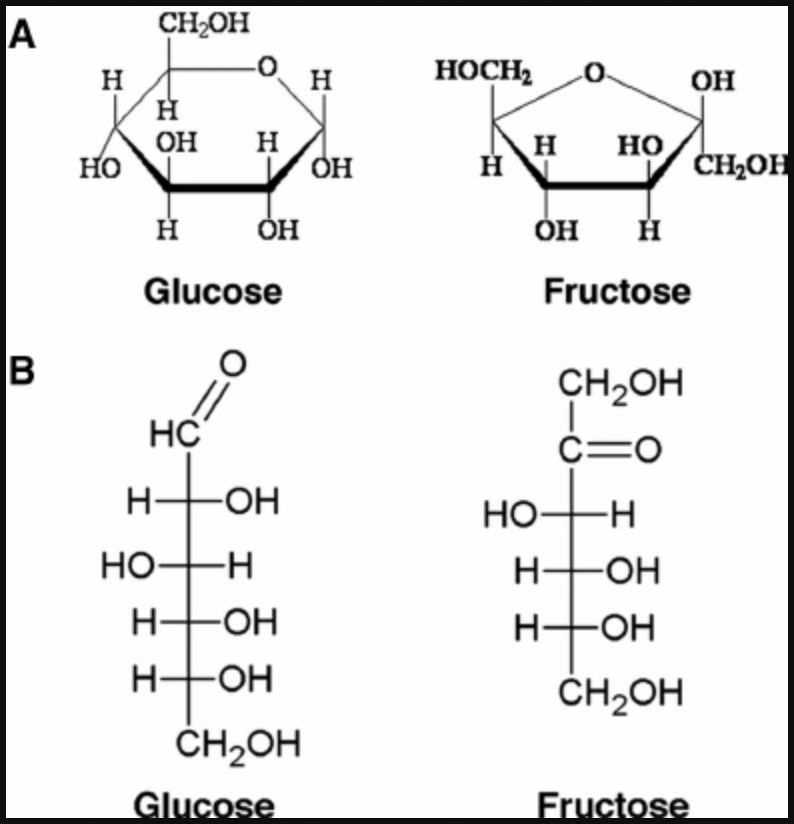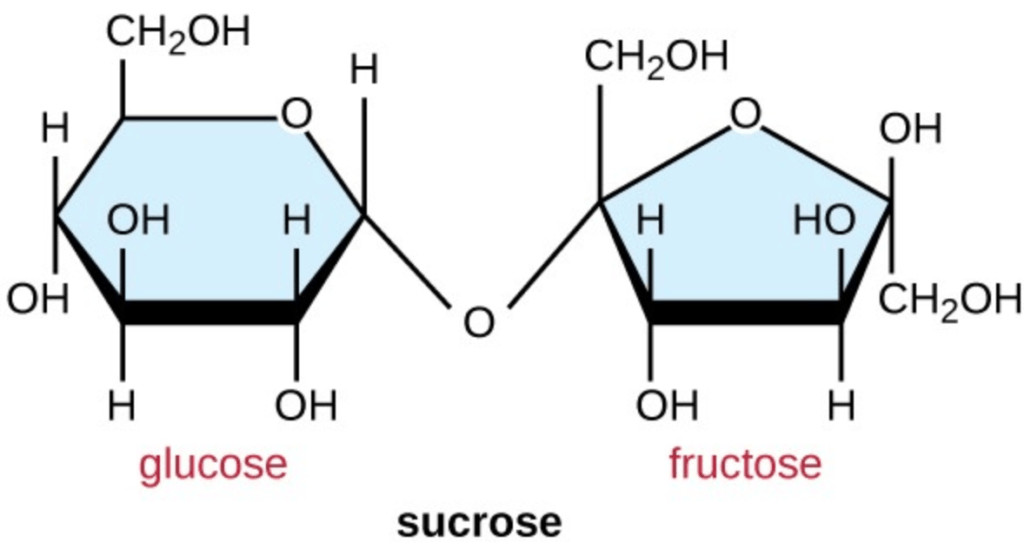In this “Ask Me Anything” (AMA) episode, Peter and Bob talk all about sugar and sugar substitutes and provide a way to think about sugar consumption. The conversation begins by defining the various forms of sugar, delineating between added sugar and naturally occurring sugar, and describing the important variables that determine the potential for metabolic damage from consumption. They then take a dive deep into three main categories of sugar substitutes—non-nutritive sweeteners, alcohol sugars, and leaving allulose, in a class by itself—including the safety profile of each, impact on blood sugar and insulin, side-effects, taste preferences, and more.
If you’re not a subscriber and listening on a podcast player, you’ll only be able to hear a preview of the AMA. If you’re a subscriber, you can now listen to this full episode on your private RSS feed or on our website at the AMA #18 show notes page. If you are not a subscriber, you can learn more about the subscriber benefits here.
We discuss:
- Delineating the various forms of “sugar” (2:00);
- Added sugar vs. naturally occurring sugar (12:30);
- Important variables related to sugar consumption: Density, volume, and velocity (17:00);
- Alternatives to sugar: Non-nutritive sweeteners (22:30);
- Alternatives to sugar: Alcohol sugars (34:15);
- Alternatives to sugar: Allulose (39:00);
- Contextualizing risk when it comes to sugar substitutes (45:00);
- Why some people report feeling better when eliminating non-nutritive sweeteners from their diet (46:30);
- The impact of sweetness—Cephalic insulin response and the metabolic drive to eat more (49:45); and
- More.
Get Peter’s expertise in your inbox 100% free.
Sign up to receive An Introductory Guide to Longevity by Peter Attia, weekly longevity-focused articles, and new podcast announcements.
Delineating the various forms of “sugar” [2:00]
Peter’s Sunday email on sugar, allulose, and other sugar substitutes
Peter’s Sunday email about diet soda
***
Clarifying the nomenclature around the term “sugar”
- Peter says he’s frustrated by the use of the term “sugar”
- It means a lot of different things, and all of those things can be true.
- For example, Glucose is a sugar. Galactose is a sugar. Fructose is a sugar. Sucrose is a sugar. Allulose is a sugar.
- Rather, Peter prefers to think about these things through the lens of molecules and their basic attributes and not through the most generic nomenclature of their existence
Glucose and fructose
- Glucose and fructose are monomers — they form the simplest building blocks of carbohydrates
- They even have the same chemical formula — same number of carbons, hydrogens, and oxygen (C6—six carbons, H12—12 hydrogens, O6—six oxygens)
- The difference is glucose is arranged in a six carbon ring, whereas fructose is arranged in a five carbon ring (and one of those carbons hangs outside the balance)
- This seemingly small difference “makes all the difference in the world”
“All things equal, if you just have humans or mice or dogs or camels and force fed them glucose or fructose to their heart’s content, even though they’re the same chemical formula and very similar chemical structure, they would have dramatically different metabolic effects.” —Peter Attia

Figure 1. Glucose and fructose structures. [source]
⇒ See podcasts with Rob Lustig and Rick Johnson
Some differences
- First of all, we rarely consume fructose by itself, and we very often consume glucose by itself
- A bowl of rice or pasta breaks down from more complex starches into simple monomers of glucose
- Whereas when you consume things that are sweet tasting — those foods contain fructose combined with a dose of glucose as well (e.g., an apple, some honey)
- As a general rule, the sweeter it is, the more fructose
“Is glucose a sugar? Yes. Is fructose a sugar? Yes. Are they the same? Not even close.” —Peter Attia
Sucrose and HFCS
- Sucrose is one molecule of glucose and one molecule of fructose put together, covalently, giving you what’s called a disaccharide
- The easiest example of where sucrose exists is refined sugar out of things like canes and beets

Figure 2. Structure of sucrose. [source]
Introduction of high fructose corn syrup (HFCS):
- Around the 1970s, tariffs were added to sugar and then we introduced high fructose corn syrup
- And people sort of thought of fructose is almost like a health food
- People would say honey, for example, was okay for diabetics because fructose doesn’t stimulate insulin secretion the way that glucose does
- At its conception, there was a really big spike in HFCS
- New technology turned sucrose into a solution (HFCS)–
- the structure was changed to 45/55 in favor of fructose, so that made it a little sweeter
- You could produce HFCS in unlimited quantities, solving a big problem for food manufacturers
Current thinking by the public on fructose and HFCS
- There probably still is a belief that fructose is better for someone with diabetes because you don’t have to chase it with insulin (notwithstanding the fact that fructose does so much for insulin resistance)
- Even so, there’s been a little bit of a revolt against HFCS
- The irony, however, is the belief that things that are more “natural” like dried mangoes and dates and “healthy”, as well as the belief that sucrose is any better for you than HFCS
{end of show notes preview}
Would you like access to extensive show notes and references for this podcast (and more)?
Check out this post to see an example of what the substantial show notes look like. Become a member today to get access.



